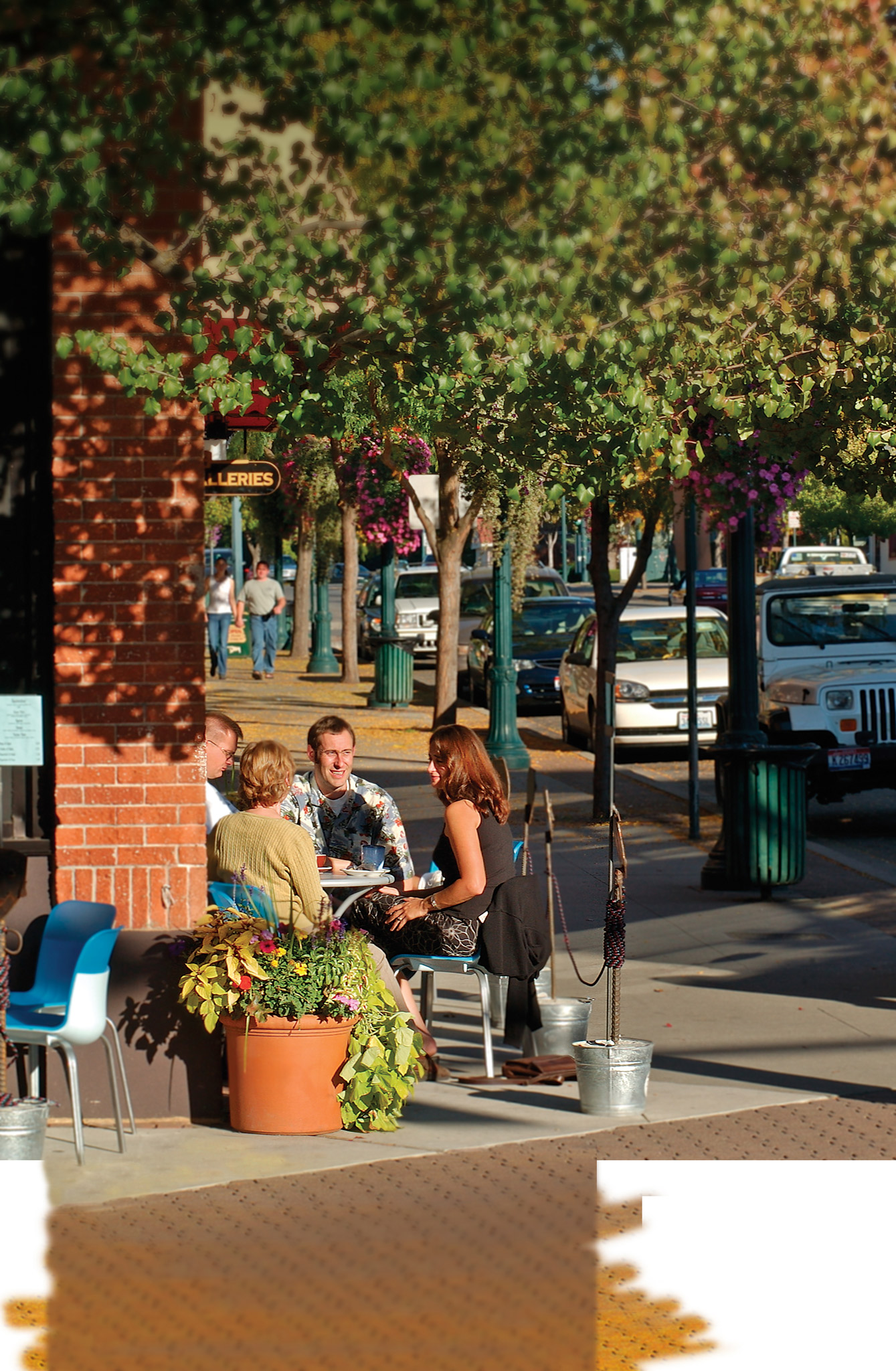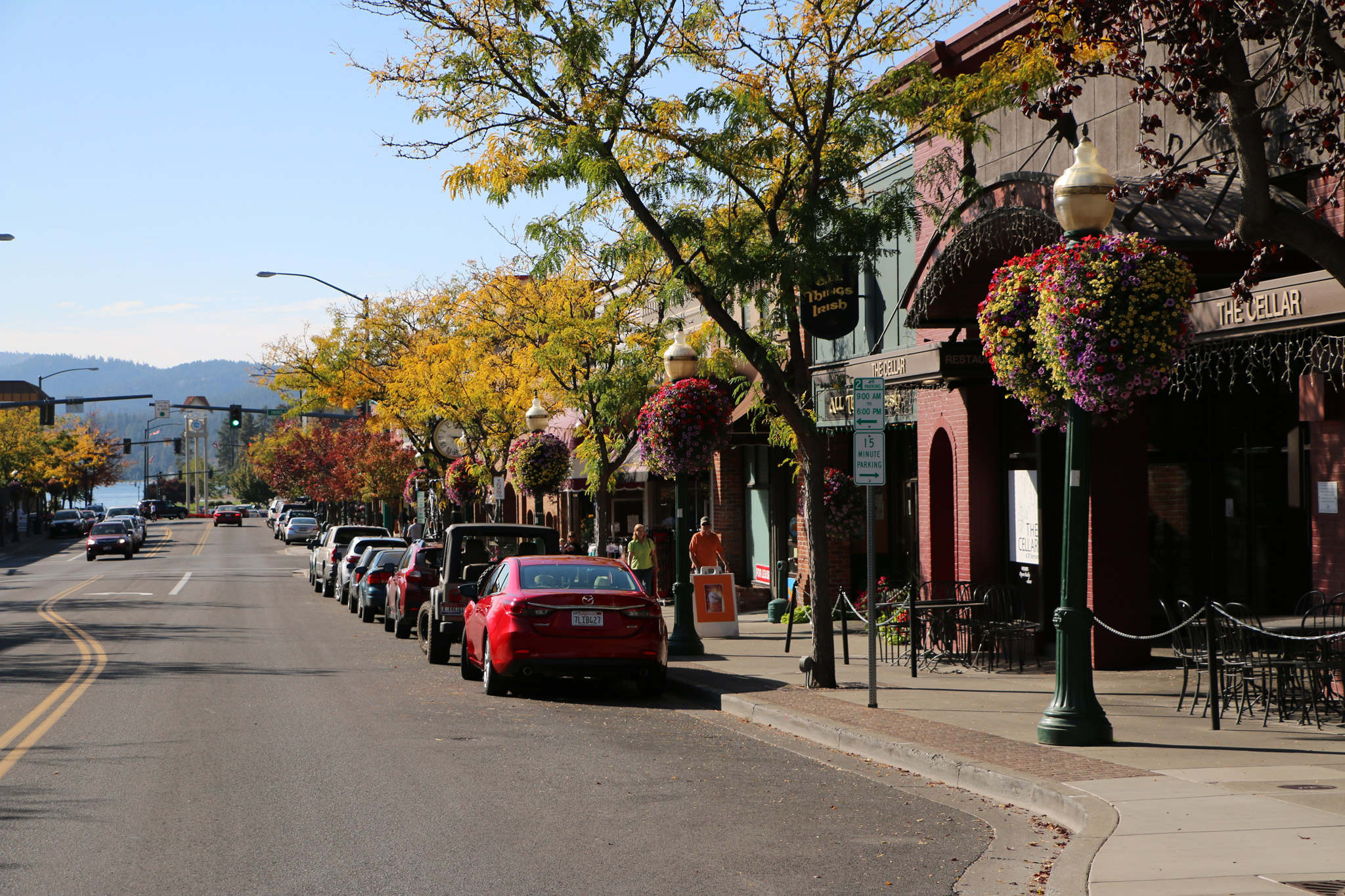Whenever I have a conversation about urban sprawl, construction and development at the expense of green spaces and even yards, I think of the Joni Mitchell song Big Yellow Taxi as performed by the Counting Crows. “They paved paradise and put up a parking lot…they took all the trees and put ‘em in a tree museum…Don’t it always seem to go, that you don’t know what you’ve got ‘til it’s gone. They paved paradise and put up a parking lot.”
In our efforts to multiply, gain wealth and attain a relative comfort level, we are gradually replacing the greenery, trees, wild flowers and rich soil with bricks, concrete, walls, pipes and all the things that protect us from the green. And this isn’t even addressing how many trees were cut down and used to make those walls and produce paper on which the structure was designed and planned. Let’s just talk about the trees that you see outside your window every morning, lining the streets and shading your yard.
Forests are universally acknowledged as beneficial and are typically protected by government and private agencies. But urban trees and green spaces don’t usually have such protection in the shadow of housing and economic booms. However, the benefits of growing, expanding and cultivating urban silviculture are many and varied.
The Oxygen Benefit
First, it is a scientific fact that we need plants and trees to keep our air healthy and replenished with oxygen. Trees use energy from the sun, carbon dioxide from the atmosphere and water and minerals from the soil to make glucose, which powers their metabolisms and makes them grow big and strong. This process helps offset the discharge of CO2 by industrial, agricultural and other human-developed pollution, and releases clean oxygen back into the air we breathe.
Urban trees and forests also welcome and absorb other air pollutants, particularly sulfur dioxide (SO2), nitrogen oxides (NO2), ozone (O3), particulate matter and other volatile organic compounds (VOCs). However, the more trees we eliminate in order to build more pollutant-producing structures, the less clean air we have to breathe, now and for our children’s children.
The more trees we plant and foster, the more plants and gardens we grow, the more oxygen we add to the air. In this light, mitigating air pollution doesn’t seem so difficult either.
Story continues after a quick message from our sponsor below.
The Shade Benefit
The reduction of foliage and increase of concrete also make our cities and towns an average of 1.8-5.4°F hotter during the day than rural areas. This is called the “urban heat island (UHI)” effect. UHI also affects water quality, surrounding ecosystems, rainfall and overall climate, if considered on a global urban scale.
While it may sound cheesy, it is true that shade from a sprawling leafy tree is more soothing and cooling than the shadow of a skyscraper. Trees also release small amounts of water vapor, which can assist your own perspiration in its cooling process.
According to the Food and Agriculture Organization of the United Nations, “Trees properly placed around buildings can reduce air conditioning needs by 30 percent and save energy used for heating by 20–50 percent.”
The Habitat Benefit
Trees create a ripple effect in nature. They create habitat and opportunity for animals, insects and other plants to thrive. The root systems of mature trees bind the soil, reducing erosion and allowing water to flow more structured. They provide food in the form of nuts, seeds and fruits for both animals and humans. And they make pretty decent foundations for tree houses.
A biodiverse habitat is essential for vitality, whether in the wild or in more civilized spaces. Diversity, but with some sense of conformity, is highly promoted in landscape design.
The Well-Being Benefit
Studies have shown that spending time near trees, in green spaces, in nature, can increase your energy level, speed recovery from illness, decrease blood pressure, and improve your ability to handle and adapt to stress. In fact, a study done by researchers at the University of Illinois in 2015-2016 showed that just looking at pictures of trees and urban scenes with tree canopies significantly reduced stress and aided in stress recovery.
Being active in a rural environment can also release the “happy” chemicals in your brain and bring relief from depression and anxiety.

It is an inexpensive coping mechanism provided by nature that fosters gratitude, acceptance and connection to humanity and life as a whole.
Solutions
Plant a tree, or three. Advocate for parks, urban green space and urban forests. If you’re a builder, keep a couple trees and leave some room on the lot.
Learn how to prune or hire a certified arborist to care for your trees. Treat and care for fruit trees for healthy production, which extends the life of the tree and affords you sweet, fresh fruit. Knowledgeable maintenance of trees and shrubs can keep your landscape thriving for generations.
Use your roof to alleviate UHI. Painting your roof white can reflect solar heat, while black roofs absorb the heat, releasing it throughout the night and day. You can also “green” your roof by planting vegetation on it. This is much easier to do if your roof is flat, but many office buildings, apartment buildings and other industrial structures do have roofs that could be developed into gardens.
Stay active outdoors whenever possible. In some places, that’s easy to do. In others, you have to be extra intentional to find some trees to meander under. If you do find a special spot, protect it by utilizing it, keeping it clean and encouraging others to do the same.
With a little patience and effort, we can appreciate and nurture the trees that we have, and plant new ones that will feed us, give us breath, and keep our world flourishing long after we are gone. N
By S. Michal Bennett



